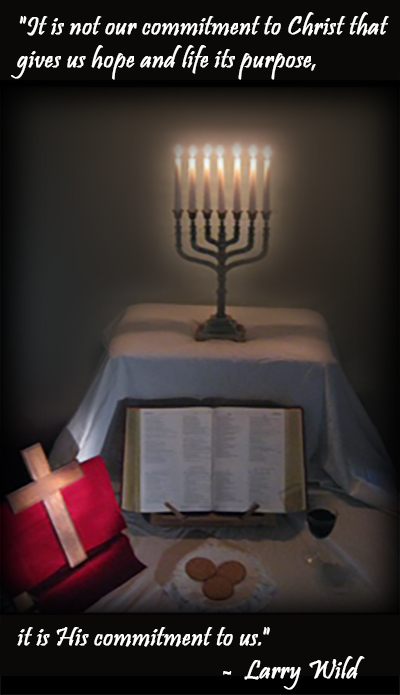

Cross
The Cross
More likely a stripped tree trunk rather than a pole with a cross beam. The Greek word “stauros” means an upright stake, post or pole. The cross configuration came as the word was translated into Latin “crux” and from there the English became “cross” and then our image and idea of a “cross” became predominant.
The torture stake was a Roman creation designed to publically display tortured criminals with the intention of dissuading crimes against Roman law. It displayed the seriousness with which the Romans viewed offenders. The criminal was tied or nailed to this pole, hands overhead, feet turned and nailed together through the ankles. The pole was then placed in a hole in the ground. Unlike many portraits of the crucifixion, the criminal was set near ground level along a well traveled road. The road in Jesus’ case, (as well as in that of thousands of others) was most likely the Damascus Road. People traveling past could come nearly face to face with the criminal and some would spit upon him. Others would mock, and others would cover their faces.
Death by crucifixion was basically caused by asphyxiation. The muscles used to either push up on the nails through the feet or by hanging from the arms would give out and the chest muscles could no longer expand allowing the person to take a breath. The effort to try and breathe was so painful on the legs, arms and chest muscles that it wasn’t long before the person would expire, though some would last a day or two. Jesus, having lost much blood, could not sustain the strength to last more than a few hours. Since it was the Sabbath eve, the other two crucified thieves had their legs broken so they could no longer lift themselves and take a breath.
